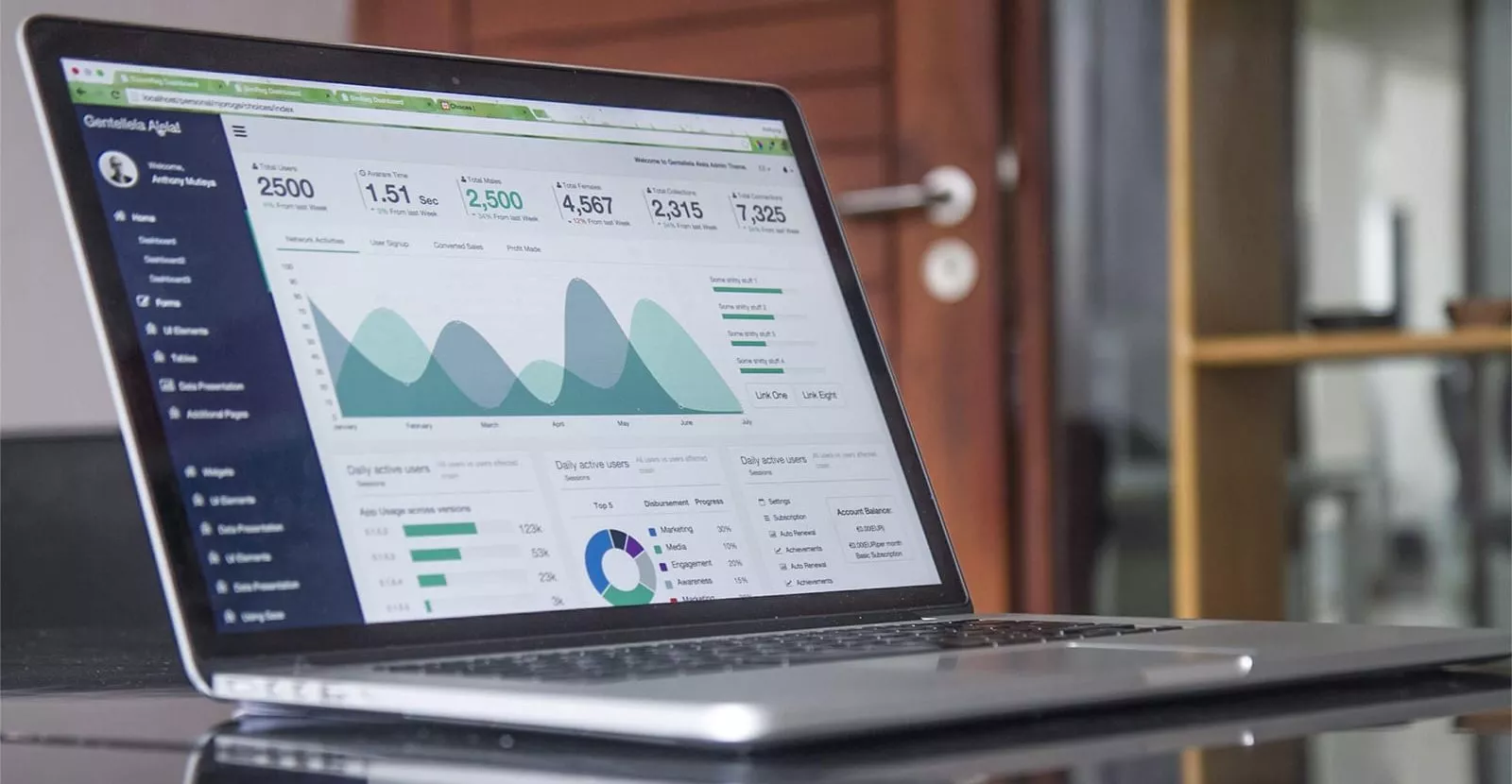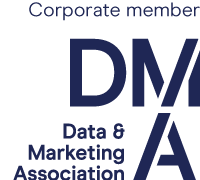When purchasing business data establishing your target market is critical to the success of any marketing campaign.
Having identified the industry sectors that you want to contact, you’ll then need to consider some additional features of the businesses within these select categories:
- Size of company (number of employees)
- Type of decision maker contact
How to select B2B data by size of company
I'm frequently asked about the range of company sizes in the UK and it often surprises people when I tell them that over 70% of businesses have between 1 and 10 employees only — we are very much a nation of shopkeepers in this sense, so it's important that expectations are set in terms of the scope and volume of businesses sizes available.
Small and medium sized enterprises (SME's) are categorised in terms of their size by the number of employees that they have. The European Commission opened a consultation on the definition of SME's in 2012 and classified SME's as follows :
- Micro-enterprises – Between 1 and 10 employees
- Small enterprises up to 50 employees
- Medium-sized enterprises up to 250 employees
The size of the business that you may want to contact will depend on the product and/or service that you are looking to sell. For example, a builder's merchant will probably want to target independent tradesmen in businesses with between 1 and 10 employees, whereas a company selling HR consultation would want to identify businesses with larger employee volumes.
The average order value of what you are selling is another key factor in addressing the right audience. If an IT company is looking to sell IT infrastructure solutions at upwards of £20,000 per order, then contacting a business with less than 250 employees is probably not the right way to go.
Typically with B2B data, the further up the scale you go in terms of numbers of employees, the fewer the number of records available – so if your target businesses are 750+ employees, then there won't be tens of thousands of records available.
A rough breakdown of the sizes of business in the UK by employee size is as follows:-
- 1 – 4 employees – 55%
- 5 – 9 employees – 20%
- 10 – 19 employees – 11%
- 20 – 49 employees – 9.5%
- 50 – 99 employees – 2.5%
- 100 – 199 employees – 1.1%
- 200 – 499 employees – 0.65%
- 500 – 999 employees – 0.13%
- 1000 + employees – 0.09%
So, understanding the basic range and volume of businesses available to you is key to understanding your target market and size of opportunity. But having identified the sectors and sizes of business that you want to reach, equally important is communicating your message to the correct contact within the business.
How to select the right B2B contact
In a nutshell, this really depends on the product or service that you are selling. For example, if your organisation sells office equipment such as printers and stationary, your product has conceivable appeal to a wide range of businesses sizes from the small SME end of the market, up to the larger corporates – but who do you speak to?
This depends on the size of the company. At the smaller end SME's, a senior decision maker such as an MD or owner would usually be the right target contact because in companies of this size, the designated senior decision maker typically has an influence on decisions across a number of business functions such as purchasing, marketing, HR and finance where there is no dedicated job function within the organisation.
However, in larger organisations, it's more important to contact specific decision makers within a given job function as the overall senior decision maker will not always be directly involved in every decision impacting every department. So, in this scenario, your campaign needs to be directed at decision makers within specific areas of responsibility such as HR, IT, facilities, marketing etc.
When seeking a set of data criteria that requires both larger companies and a specific decision maker by type, available data volumes are more limited.
We know that there are only approximately 1% of businesses in the UK with more than 500 employees, so if your requirement is IT decision makers in this employee band, then there will be fewer records available from a generic data provider.
To capture significant volumes of IT data, you would probably look to a specialist IT contact data provider, who focuses solely on gathering data for IT contacts in larger organisations – it will come with a premium price tag, but will be the right data for your campaign.
It's essential for any campaign that there is an understanding of company sizes and types of contacts to ensure that the campaign is correctly targeted. A successful campaign doesn't necessarily just need lots of volume of data – the key thing is ensuring that the data is right for its intended purpose.
I hope this has given you some pointers in what you need to think about when selecting business data for your marketing, for more free data advicefeel free to get in touch.






